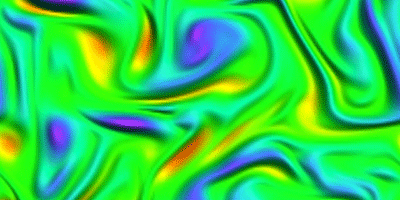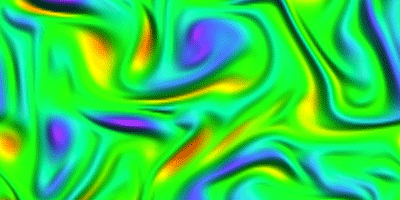Turbulence around a Black Hole
Researchers have used a relationship between general relativity and hydrodynamics (the so-called gravity-fluid correspondence) to study how black holes might behave when perturbed by, for example, a collision with another object. As described in Physical Review X, the effects of turbulence could make certain vibrations on the black hole spacetime last longer—and display a qualitatively different behavior—than expected.
The gravity-fluid correspondence is based on the realization that, under certain circumstances, Einstein’s general relativity equations resemble the Navier-Stokes equations for fluid dynamics. Typically, scientists have fiddled with the gravity side in order to gain insight into some hard problem on the fluid side. For example, recent work has tried to describe the turbulent motion of fluid particles by mapping it onto a curved geometry of spacetime.
Stephen Green of the University of Guelph, Canada, and his colleagues have investigated the gravity-fluid correspondence in the other direction, by trying to understand black hole perturbations through a study of fluid turbulence. They consider a two-dimensional fluid, whose velocity fluctuations correspond to ringing vibrations on the black hole surface. The fluid’s viscosity characterizes energy loss into the black hole, which causes the perturbations to decay, or “ring down.” As opposed to previous work, the team looked at the long-term consequences of turbulence in gravity and found that, in certain cases, a black hole can develop turbulent signatures such as rotating gravitational wave vortices. This black hole turbulence prolongs the perturbation, as short wavelength vibrations cascade into long wavelength vibrations that decay more slowly. Ongoing work may tell us whether black hole turbulence is observable through, for example, “jitter” in the emission lines from accreting gas. – Michael Schirber





